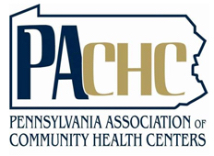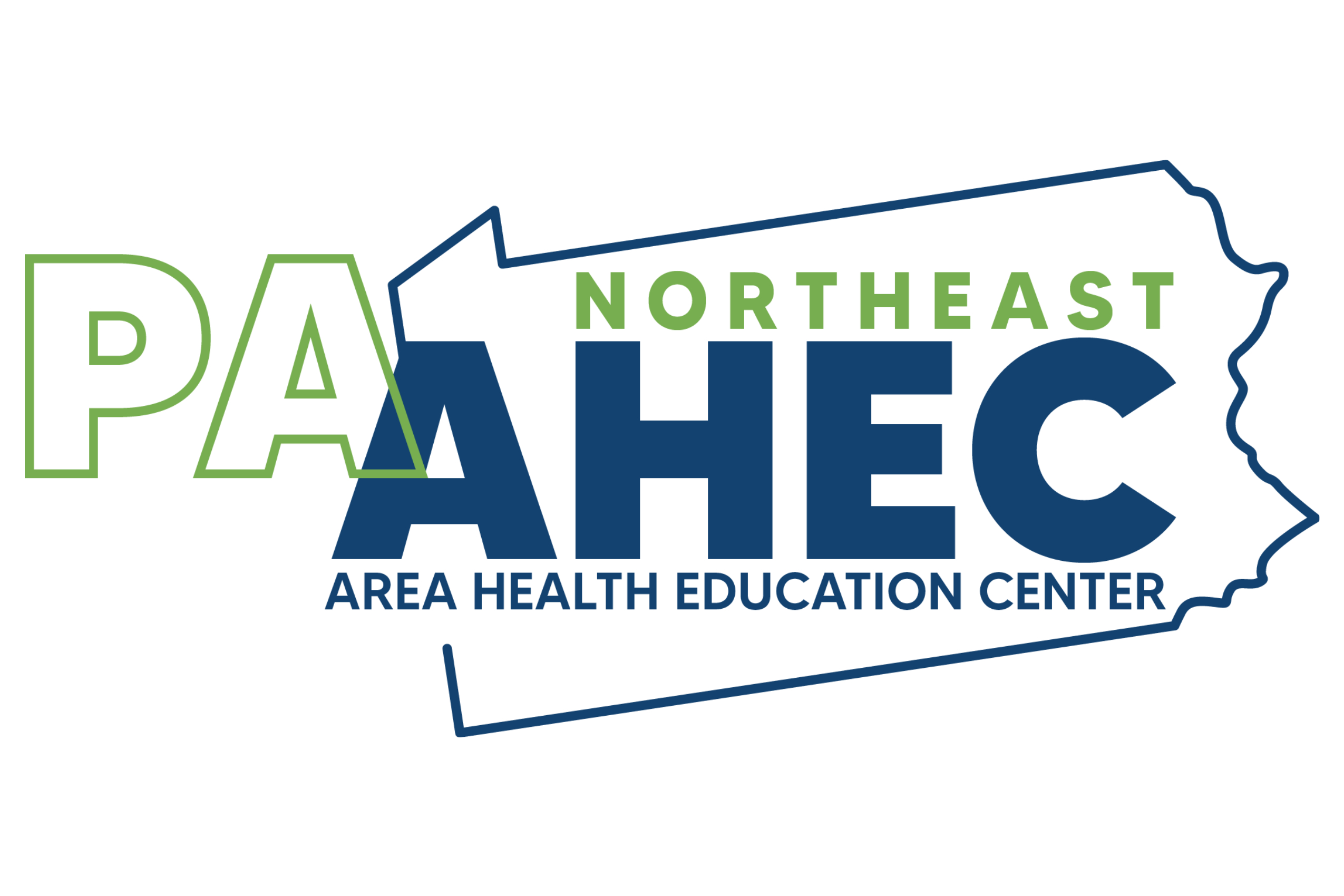Dr. Robert E. Wright biography
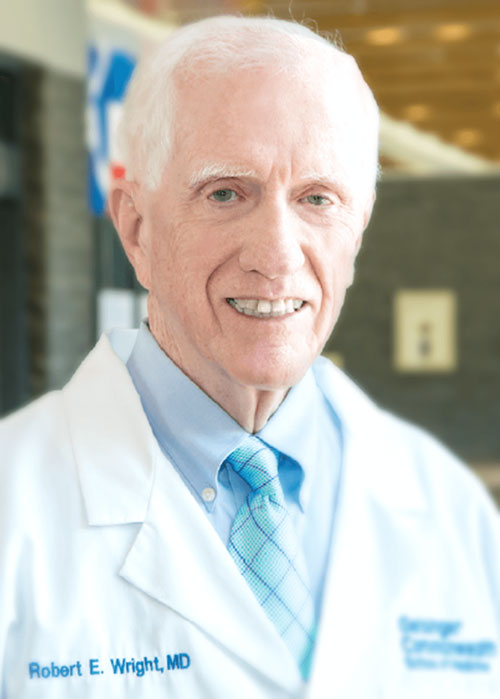
Dr. Robert E. Wright, namesake founder of The Wright Center for Graduate Medical Education, formerly the Scranton-Temple Residency Program
Pioneering physician Dr. Robert Wright led the transformation of medical education in Northeast Pennsylvania, starting in the mid-1970s.
He founded the Scranton-Temple Residency Program – now known as The Wright Center for Graduate Medical Education. It was a monumental contribution, but not his last. Dr. Wright later played a primary role in the creation of the region’s only medical school, recognized today as the Geisinger Commonwealth School of Medicine.
Thanks to Dr. Wright’s vision and leadership, these institutions have become regional points of pride and will continue to improve the quality of medical education and health care available to people in our community for generations. This is his story.
The ‘exciting beginning’
Dr. Wright grew up in Archbald, Pennsylvania, the youngest of six children. The family operated a bar there, and his father also worked as a coal miner.
The future physician graduated from The University of Scranton and went on to earn a Master of Science degree in biology from St. John’s University of New York. He then attained his M.D. from Temple University in Philadelphia. Following an internship and two years in the Army, he returned to Temple for a residency in internal medicine. During his final year there, he met his future wife, Carole Cook. The two wed in June 1970. They honeymooned on a cross-country trip to Seattle, where he was to begin a fellowship at The University of Washington.
He was among the first fellows in the new subspecialty of hematology/oncology. While many of his peers stayed in Seattle after graduation to teach, Dr. Wright headed home to the Scranton area in 1971 to practice medicine as the first and only oncologist in a 14-county territory. Returning to his roots was not a forgone conclusion at the time; one relative advised him not to, saying, “You’ll never make a living there.”
With the assistance of his wife, Dr. Wright organized the first regional practice devoted to the treatment of blood disorders and cancer, now known as Hematology & Oncology Associates of Northeastern Pennsylvania, in Dunmore. The couple lived in Clarks Green and raised two daughters, Sarah and Rachel.
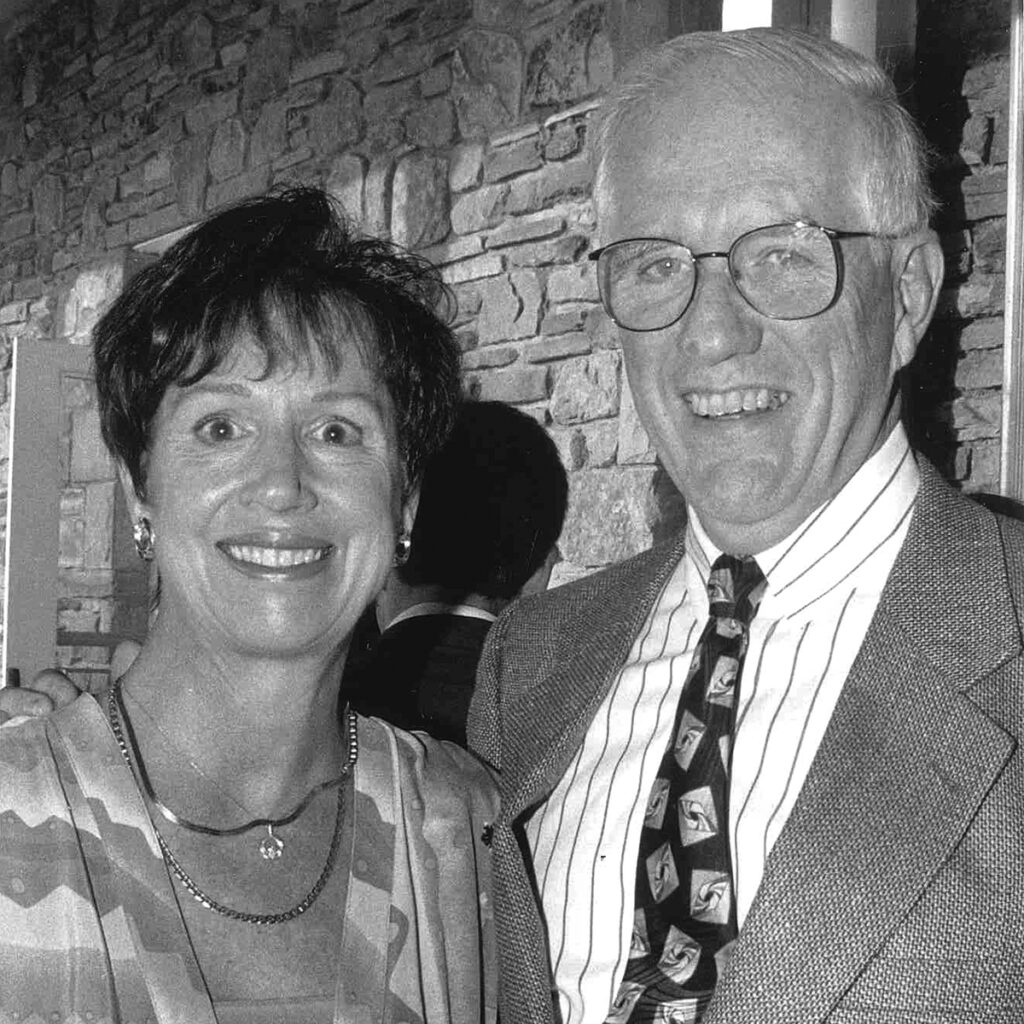
Almost from his earliest days in practice, Dr. Wright realized that the region lacked enough primary care physicians to properly care for the population – and the situation might only grow worse in the decades ahead. His belief was supported by official forecasts of physician workforce trends and his everyday experience. He felt swamped at the office. Two years after its launch, his oncology practice added its first partner to keep up with patient need. A couple of years later, it took on a second partner.
“Amazingly, it didn’t seem like there was any lessening of the pressure,” he recalled. “We just kept working harder and harder.”
Burnout became more than an abstract notion. “At that point,” he said, “I realized that medical practice is so all-encompassing and so intense that I became concerned about my renewal: How was I going to keep my knowledge base maintained when there was so much external pressure?”
He credited Dr. Sol Sherry, of Temple, for inspiring him to pursue a big-picture solution. Dr. Sherry, chair of The Association of Professors of Medicine as well as chairman of Temple’s Department of Medicine and founder of its Thrombosis Research Center, talked with him about a recent Rand Corporation study on the nation’s physician workforce and its conclusions.
“You know, Bob,” the physician told him, “they said we should encourage the development of internal medicine residencies in communities where recently well-trained sub-specialists like you have begun practice, because there’s a real need for primary care.”
As Dr. Wright would later recall, “That was the exciting beginning of this whole thing.”
Residency program takes root
Dr. Wright rallied community support, filing articles of incorporation on Feb. 13, 1976, for the new nonprofit to be known as the Scranton-Temple Residency Program.
Early proponents of the venture included the Rev. William J. Byron, then-president of The University of Scranton, as well as area physicians and hospital administrators. A newspaper article in April 1976 noted, however, that the project “will be a costly one,” with planners estimating the first-year expenses at $150,000. Dr. Wright, serving as the program’s executive director, secured a federal primary care workforce development grant, among other funding sources, to set the plan into motion. The three-year residency program welcomed its first students on July 1, 1977.
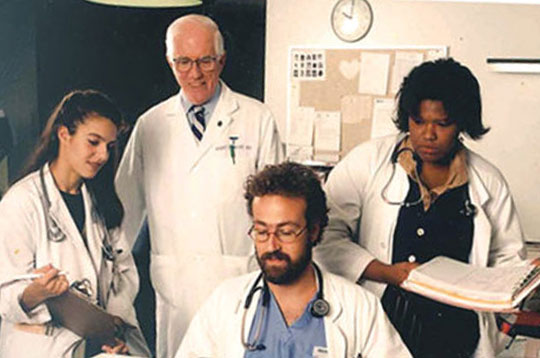
The program was then headquartered at 802 Jefferson Ave., Scranton, in the McAuley Building of Mercy Hospital. Mercy and Moses Taylor hospitals in Scranton supplied training locations, while Temple University approved physicians from the local community to serve as volunteer faculty. “I saw what teaching in the program did to the volunteer physicians; it gave them a sense of purpose and relieved some of the stress they were having with constant patient care,” Dr. Wright said.
“It was a terrific learning experience for me,” he added. “I realized all of a sudden that life is about self-renewal, and the best way to renew yourself as a physician is to teach somebody else.”
Faculty from Temple’s medical school augmented the local training and offered program guidance. Many of the early resident physicians to join Scranton’s program were graduates of Temple.
The Scranton-Temple Residency Program’s inaugural class consisted of six internal medicine physicians. In the decades since then, the program has blossomed into one of the largest U.S. Health Resources and Services Administration-funded Teaching Health Center Graduate Medical Education Safety Net Consortiums in the nation.
Today the organization that was launched by Dr. Wright offers residencies in internal medicine, family medicine, and physical medicine and rehabilitation, as well as fellowships in cardiovascular disease, gastroenterology and geriatrics. Its physicians train not only in area hospitals but also in community-based settings such as the primary care practices operated by The Wright Center for Community Health. Many of the program’s graduates choose to practice locally or in other medically underserved areas across the nation.
“The residency program’s existence in Scranton also helped to attract physicians in other specialties – like radiology, surgery and all the surgical specialties – to come to the area because there was an academic program here,” said Dr. Wright. “It built on itself, and it was a terrific endeavor.”
In 2010, the Scranton-Temple Residency Program’s board of directors voted to rename the organization in his honor: The Wright Center for Graduate Medical Education.
Making of a medical school
In early June 2012, Dr. Wright, then serving as president and CEO of The Wright Center for Graduate Medical Education, announced his pending retirement.
But only two days later, his plans dramatically changed. He was approached and agreed to serve as interim president and dean of the region’s fledgling medical school, The Commonwealth Medical College, which he had helped to start and which opened its doors to students in August 2009.
The medical school – the first to open in Pennsylvania in more than 40 years, and the first to be located in Northeast Pennsylvania – had developed out of a forward-thinking conversation among Dr. Wright and several members of the residency program’s board of directors. The board members, during a meeting in October 2004, had reviewed information demonstrating the value of the residency program to the community; they began asking why a similar benefit couldn’t be achieved from a medical school.
The residency program’s board designated seven members – later known as “the founding seven” – to study the feasibility of a medical school. The Scranton-Temple Residency Program (STRP) also designated $200,000 toward the study. Within about six months, a similar amount was raised from area hospitals, and the money was used to incorporate The Northeast Pennsylvania Medical Education Development Consortium with board members from STRP, contributing hospitals, and the community.
The 20 members met routinely to guide the development of a new medical school and build momentum for the big-dollar startup, which they estimated would cost about $100 million. Their grassroots endeavor was greatly aided by state Sen. Robert Mellow, private donors, and others who collectively brought the dream to reality in about five years.
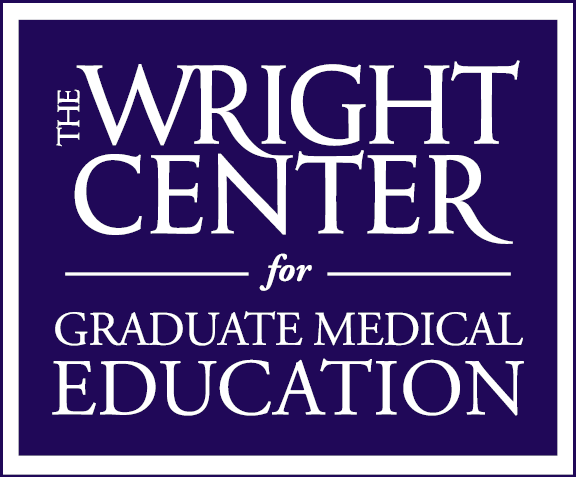
Dr. Wright was founding chairman of The Commonwealth Medical College’s board of trustees and, later, served as interim dean during a transitory period in the college’s growth.
Dr. Gerald Tracy, a cardiologist who also was among “the founding seven,” would later say this: “There would be no school if there was no Dr. Wright.”
A legacy of learning, healing
The Wright Center for Graduate Medical Education and the separate medical school – each of which can trace its origins to Dr. Wright’s fertile brain and focused energy – continue to serve the region in significant ways. The two entities have a longstanding cooperative relationship, often partnering on endeavors including strategic planning, education, training, and clinical projects.
Beyond Dr. Wright’s roles with the two medical institutions that he helped to establish, he devoted his time and knowledge to many other community-enhancing efforts.
Carole and Robert Wright, for example, were among the small group to found the NativityMiguel School of Scranton, which began instructing its first class of fifth-graders in 2015. The couple established The Sarah Wright Endowment in memory of their daughter Sarah who died in 2010 following a battle with leukemia. The small but impactful school now provides tuition-free education to diverse students in grades five through eight.
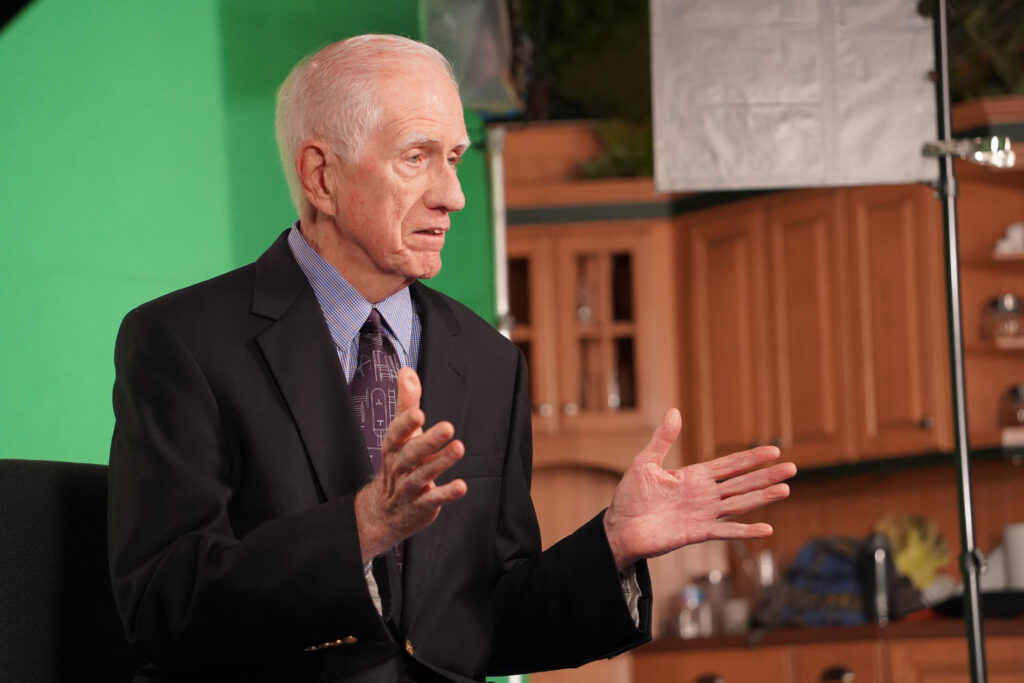
Dr. Wright also held various positions in which he championed the growth and enhancement of internal medicine. He was chairman of medicine at Mercy Hospital from 1983 to 2004, and he started the Primary Care Institute at Temple in 1991. He served on the council of the Association of Program Directors in Internal Medicine. Likewise, he served on the National Council of Program Directors in Internal Medicine from 1985 to 1991 and on the Residency Review Committee for Internal Medicine of the Accreditation Council for Graduate Medical Education from 1996 to 2001.
Dr. Randall Brundage, a past president of The Wright Center’s board of directors, once said, “Through his persistent efforts, Dr. Wright has almost single-handedly transformed medicine in our region.”
In 2018, Dr. Wright was a gala honoree at the Geisinger Commonwealth School of Medicine’s annual scholarship fundraiser called “Black Ties for White Coats.” Event organizers said of him: “When innovation is coupled with caring, entire communities win. Such is the case with the inventive mind and compassionate drive of Dr. Robert Wright.”
Two physicians co-signed a letter to the editor that appeared in a local newspaper in 2021 and testified to Dr. Wright’s character and impact, saying. “It is impossible to overstate his contributions to our community.”
Throughout his distinguished career, Dr. Wright has acted as a catalyst and convener of people bound by a purpose higher than themselves. He also has been a beacon of integrity and inspiration, a healer, and humanitarian.
His legacy in Northeast Pennsylvania will long endure in the physicians trained and the lives made better through the practice of medicine.


